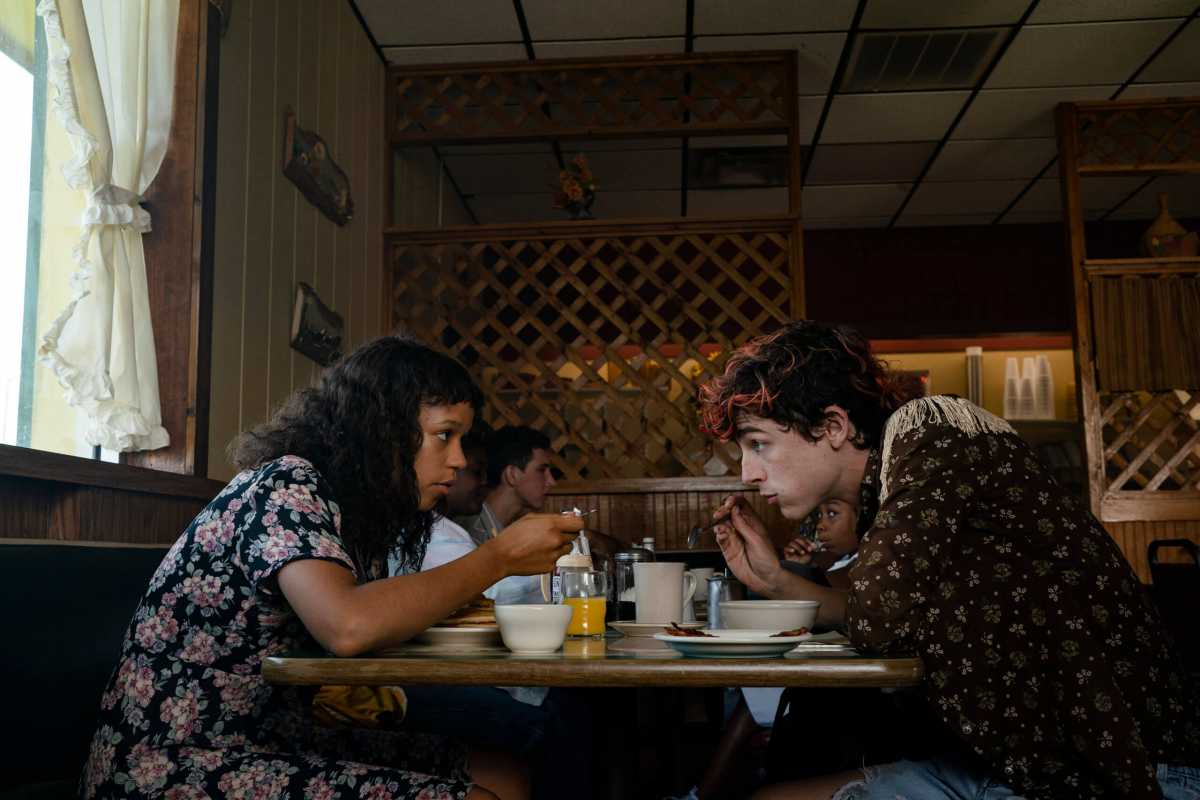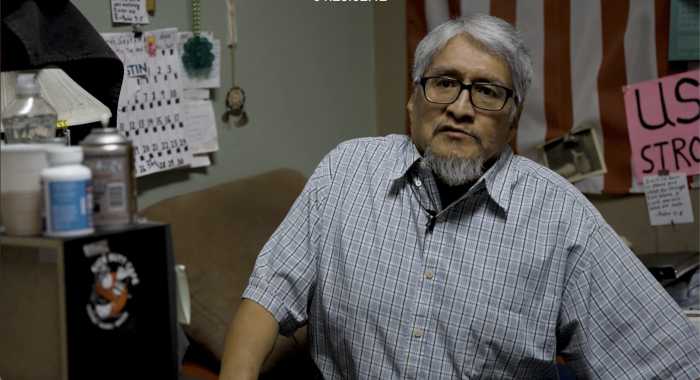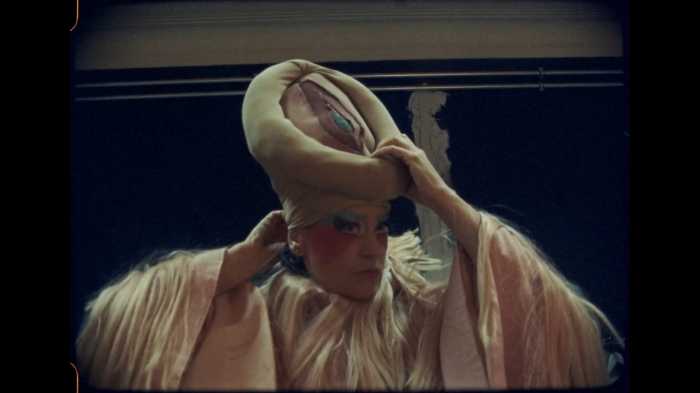It’s impossible to get through life without hurting someone else. That’s true both on the personal level and the political one, where our clothes are made by children in sweatshops and Americans’ tax dollars pay to rain bombs on the Middle East. Gay director Luca Guadagnino’s new horror film “Bones and All” takes this moral ambiguity as a starting point to see how Maren (Taylor Russell), a girl just entering adulthood, copes with its realization. The last decade’s horror villains have tended to be all too human. Monsters like vampires and werewolves have fallen out of fashion. Even “Hereditary,” about a cult dedicated to the demon Paimon, gets most of its horror from the way family members manipulate and control each other rather than its supernatural elements. Who needs zombies when real serial killers can launch Netflix franchises?
In 1988, 18-year-old Maren has recently moved to the Washington, DC area. In a shock scene, she attacks another girl at a party, eating all the skin off a finger. Her father (André Holland) gives up on the idea that he can responsibly parent her. She takes a bus across the country in search of her mother (Chloe Sevignyy), an amputee confined to a mental hospital. At the first bus stop, Sully (Mark Rylance), a strange elderly man, approaches her, introduces himself and invites her to his house. He says he’s a fellow “eater,” and he can detect her nature by smell. As Maren travels, she meets Lee (Timothée Chalamet) and falls for him.
Maren is never presented as a “final girl” trying to outwit a killer. As gory as “Bones and All” is, it doesn’t depict her as a victim or target. With the exception of Sully stalking her, her problems don’t come from the threat of violence. Her difficulties are much more existential and, under the guise of metaphor, universal. In fact, she resembles some of the heroines of key 2010s horror films like David Robert Mitchell’s “It Follows” and, even more so, Julia Ducournau’s “Raw” in her navigation through a dangerous world while awakening to her own potential to cause harm.
Screenwriter David Kajganich recalled his own closeted adolescence in the rural Midwest in the ‘80s when he read Camille DeAngelis’ source novel. “Bones and All” takes place in a world that’s almost deserted. Maren and Lee make their way through nocturnal stops at bus stations, desolate small towns, and open fields. The film has been strategically emptied out. Despite needle drops from Kiss, Duran Duran and Joy Division, it doesn’t go for ‘80s nostalgia. Even if the specifics of the repressive nature of American life of the ‘80s aren’t dealt with directly, they linger in the background, impossible to ignore.
Reading cannibalism as a simple metaphor for queerness in “Bones and All” would be easy, with its depiction of outsiders rejected by their birth families and searching for new forms of community, but it runs aground on the fact that its cannibalistic characters are genuinely dangerous to other people, as well as its decision to close with Maren and Lee as a heterosexual couple. (He seems attracted to both men and women, but he turns violent on a carnival worker whom he picks up.) For a film whose hero pulls out a man’s heart, it’s surprisingly tender, even romantic. Guadagnino has said “there is no cynicism, not even a trace of it,” and he’s right.
“Bones and All” does not quite get the look of ‘80s America down. The cinematography is full of digital drabness; it couldn’t pass for a film made at the time in which it was set. The 130-minute runtime and slow pacing suggest American films outside the horror genre; in fact, it’s at least as much a road movie. “Bones and All” gets much of its DNA from ‘70s films like “Vanishing Point” and “Two Lane Blacktop,” whose characters raced through the country’s backwoods seeking escape from their anomie.
In the past few years, the horror genre has gone through a process of gentrification that tamed its subversive power and replaced it with very obvious stories about grief and trauma. Respectability is boring. Thankfully, “Bones and All” offers complicated representation rather than simplistic notions of good and evil. The film’s sympathy always lies with Maren, and Taylor excels at conveying her confusion and anxiety about the life she’s just figured out she has to lead for 50 or 60 more years. (Chalamet’s twink-gone-punk performance is less impressive.) But the damage she and Lee leave behind is shown in flesh-ripping detail. “Bones and All” is fascinated by the humanity within the monstrous, seeing complicity with violence as a universal condition. No recent films have approached this combo of body-horror and yearning romanticism.
“Bones and All” | Directed by Luca Guadagnino | MGM/UA | Opens Nov. 18th



































